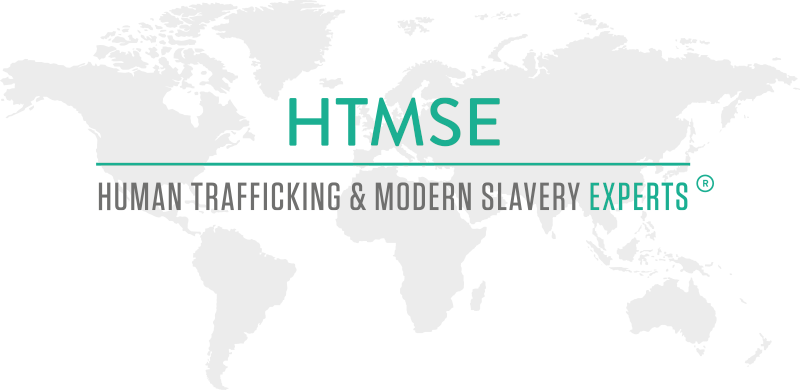The Home Office has released the most recent statistics for the National Referral Mechanism (NRM) covering the first quarter of 2021.
Between January 2021 and Marh 2021, 2,945 potential modern slavery victims were referred into the NRM. This is a 3% decrease in referrals compared to the preceding quarter (3,041) and a 3% increase from quarter 1 in 2020 (2,862). 49% (1,431) of the referrals were for potential victims who claimed exploitation as adults (compared to 50% in the preceding quarter), whilst 45% (1,330) claimed exploitation as children.
Overall, of the 2,945 potential victims referred in this quarter, 75% (2,197) were male and 25% (745) were female. The Home Office notes that the proportions are similar to recent quarters, although male potential victims have formed an increasing proportion of NRM referrals over the years.
As in previous quarters, overall, potential victims were most commonly referred for criminal exploitation only, which accounted for 37% (1,097) of all referrals. For those exploited as children, an increase in the identification of ‘county lines’ cases has partially driven the increase in referrals within the criminal exploitation category.
There has been a sharp drop in referrals for overseas exploitation, likely due to the COVID-19 restrictions on travel, with 64% (1,897) of potential victims claiming exploitation in the UK only, compared to 57% in the last quarter, and with only 23% (691) claiming overseas only exploitation. The statistics show, however, that despite ongoing restrictions associated with the COVID-19 pandemic, the first quarter of 2021 saw the third-highest number of quarterly referrals to the NRM since it began.
